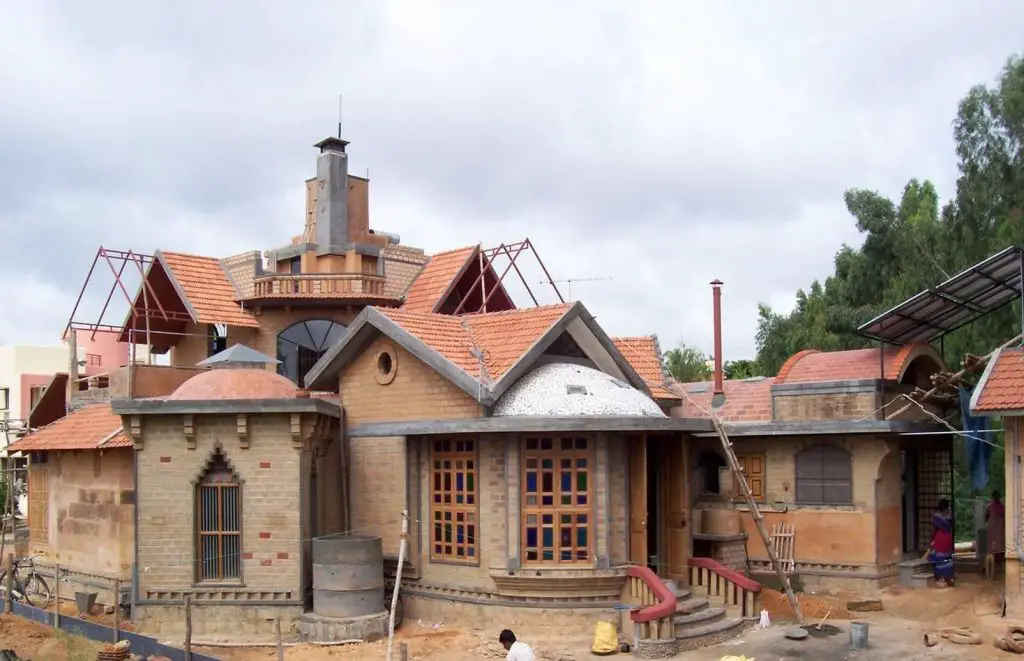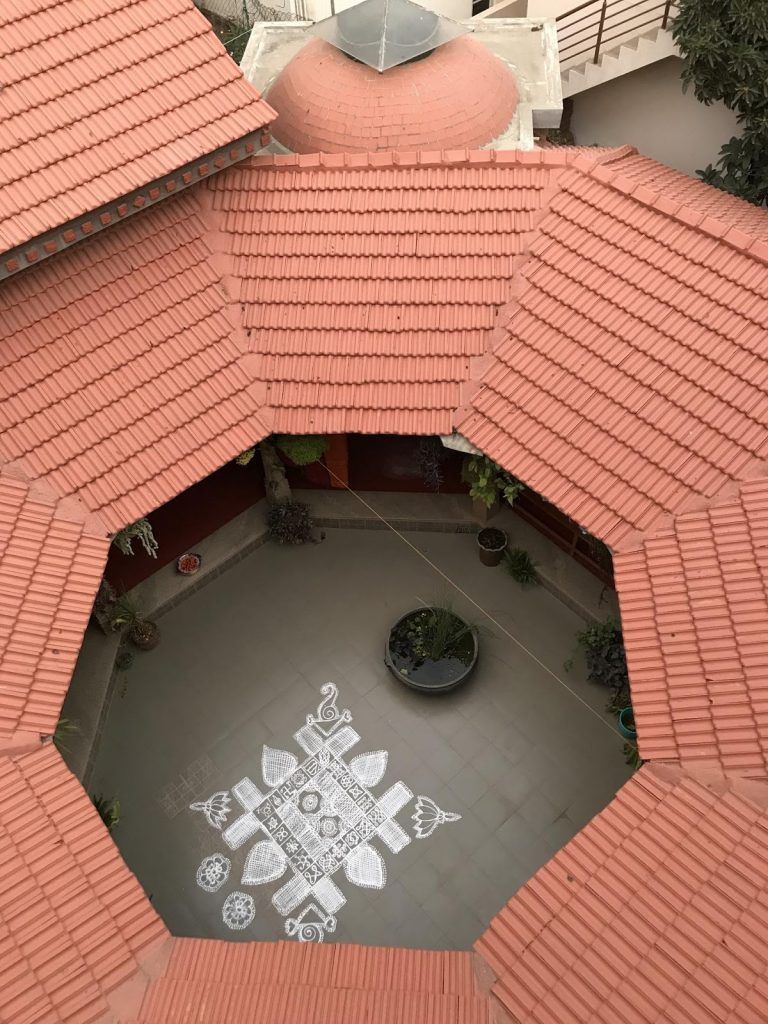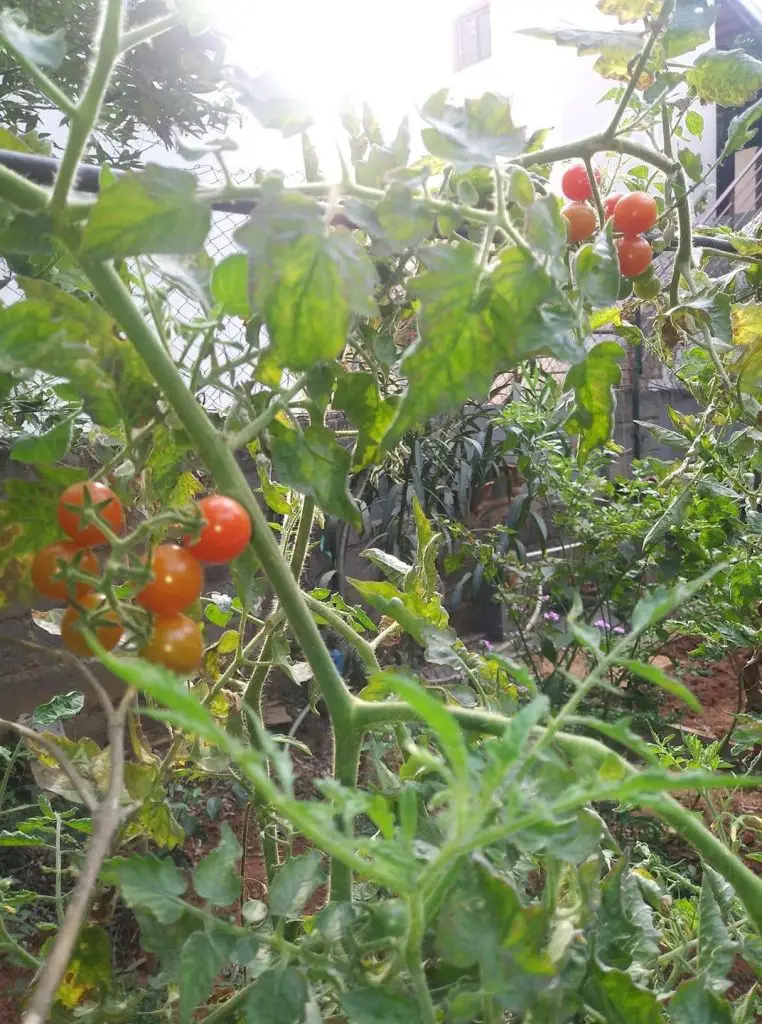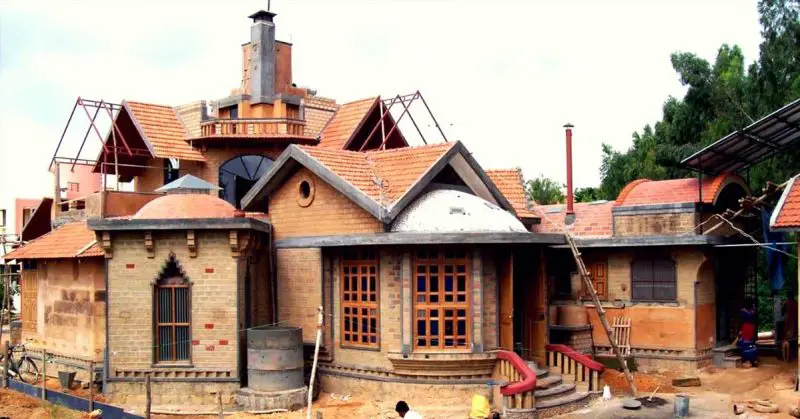Building sustainable homes is one of the most efficient ways to clean up a city. A clean and sustainable home is built from green or recycled materials, energy-efficient by itself, and environmentally healthy.
In Bengaluru, India, a businessman named Chockalingam Muthiah decided to set the pace for sustainable home conversion in his community. In 2007, the father-of-two built a sustainable 3,500 sq. ft. home with recycled mud in a bid to reduce his family’s carbon footprint to the barest minimum. [1] The entire property spans an area of 7,200 ft. sq., complete with a kitchen, a courtyard, and a farm area.
Muthiah and his family have lived off the grid for over a decade now since their home is fully sustainable. They generate their own solar electricity, collect rainwater, and grow their own food, living a fresh, simple, and healthy life in their unique home.
The structure
Muthiah’s home was designed by architect Sherin Balachandran who spent a long time studying older structures for this particular project. Mud is not normally a very strong material but under the right conditions, it can be strengthened to serve a power-intensive purpose without requiring steel, cement, and other materials that contribute to industrial pollution.
Balachandran settled on CEB (Compressed Earth Blocks) produced out of damp soil at a high pressure without kiln firings. The walls were plastered with mud and for over 12 years now, the house has stood strong and sturdy with no need for renovation.
Muthiah’s house was designed with to look like something out of the medieval era, with roof tiles, domes, chimneys, and low windows for maximum ventilation and adequate lighting. [2]

Off-grid sustainability
Muthiah’s family has been disconnected from the power grid for 12 years, generating all the electricity they need from a 2KW solar panel installed on the roof. Every single electronic gadget and electrical appliance is powered by solar energy.
Speaking to The Better India, Muthiah explains that the panel cost him Rs 4 lakh ($5,630 USD) at the time and had been a big trouble to set up.
“More than expense, the issue that we faced was that there was no expert to help us set up the system,” he said. “The bigger players in the market were interested in catering to larger projects, not an individual home. So we ran around a lot to get work done. We had to source panels from someone, the batteries from someone else etc. Besides, I was not an engineer, but I had to learn everything from scratch about the set up to the daily run. It seemed difficult at the start, but today, we are thrilled with the results.”
For their water needs, the family relies on rainwater for six months and then they are connected to the general water supply for the rest of the year. They have storage tanks folded into the first-floor roof, balcony, and ground floor roof. They collect 20,000 to 25,000 liters of water per month.
Excess water from the tanks is stored in a well in the backyard. The family is frugal with water use and tries to make sure nothing goes to waste. After about six months when they’ve used up water stored from the rains, they connect to the general town supply.
The family is so prudent with water that they divert greywater from the bathrooms and kitchen to their garden. They use homemade soaps and mild shampoos so their plants aren’t affected by chemicals.
“We also process 100 liters of black water in a biodigester, which is a technology from DRDO developed for army outposts,” Muthiah said. “Installed with a license from them, it has been working well for the last three years. This ensures that not a single drop of water goes into the sewage.”


Food
Most of the food eaten in Muthiah’s homestead is cooked with organic plants grown in their massive garden. Compost is made of green kitchen materials and the garden is watered by the family’s non-toxic wastewater.
Seventy-five percent of their vegetable needs and twenty-five percent of their grain needs are grown in the garden. They also have fruit trees such as guava, amla, mango, and avocado.
Muthiah’s home is part of an environmentally conscious community where LED street lamps are used and there are over 4,000 trees nourish the air.
“Today, switching to a sustainable lifestyle has become a necessity. At a time where our forests are burning, lakes are frothing, and trees are cut down, we cannot sit back and watch. If building a green home is a distant dream, start small. Even smaller lifestyle changes can go a long way in contributing to mother earth,” he said.


Image Credits: The Better India
References
- “Made-of-Mud Bengaluru Home Harvests Rainwater, Solar Energy & Organic Food.” The Better India. Jovita Aranha. March 2, 2019.
- “The echo of sustainability.” Deccan Chronicle. De Moumita Basu. July 17, 2017.

